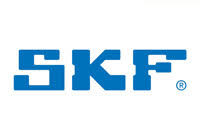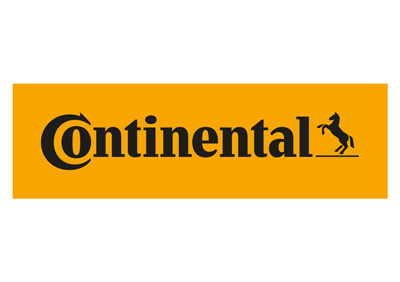Accessory drive
Function The accessory drive is responsible for driving ancillary components such as the alternator, the power steering pump, the water pump or the air conditioning compressor. V-belts or a V-ribbed belts are used to...
Funktion
Function The accessory drive is responsible for driving ancillary components such as
- the alternator,
- the power steering pump,
- the water pump or
- the air conditioning compressor.
V-belts or a V-ribbed belts are used to transmit the drive energy from the crankshaft to the relevant accessories. The demand for increasing convenience in today's vehicles has led to a significant increase in electronic components and demand for electrical energy.

As a result, a V-belt is often no longer sufficient to drive the more powerful alternators and other ancillary components such as air conditioning compressors or power steering pumps. Therefore, V-ribbed belts are being used, as they support smaller contact radii and higher transmission ratios. Furthermore, ancillary components arranged in the tightest of spaces can be driven by the front and back of the V-ribbed belt.
Components of accessory drive
Tensioning pulleys and deflection rollers

Other components of the accessory drive include the tensioning pulleys and deflection rollers. The tensioning pulleys ensure that the belt is at constant tension and transmit the force from the belt tensioner to the belt. Deflection rollers vary the path of the belt based on which ancillary components are in use and often act as stabilising rollers to stop the belt from flapping.
Safety
Safety When the accessory belt is replaced, the tensioning pulleys and deflection rollers of the accessory drive should also always be replaced. They are subject to the same stresses and strains as the accessory belt. If this is not done, the failure of a tensioning pulley or a deflection roller can very soon lead to the accessory drive having to be repaired again.
Environmental protection
Protection of the environment The V-belt/V-ribbed belt is made from plastic; tensioning pulleys and deflection rollers can have a smooth or profiled running surface and consist of a steel or plastic disc which is installed inside a grooved ball bearing. The toothed belt, the tensioning pulleys and the deflector rollers can thus be disposed of just as easily after use.
Depreciation
Depreciation Unnecessary slippage affecting ancillary components can be avoided by replacing the components of the accessory drive on a regular basis. Compliance with the maintenance intervals set out by the vehicle manufacturer is essential in order to ensure that the accessory drive remains in perfect working order. A fault affecting the accessory belt drive can lead to costly repair work or cause the engine to fail.




